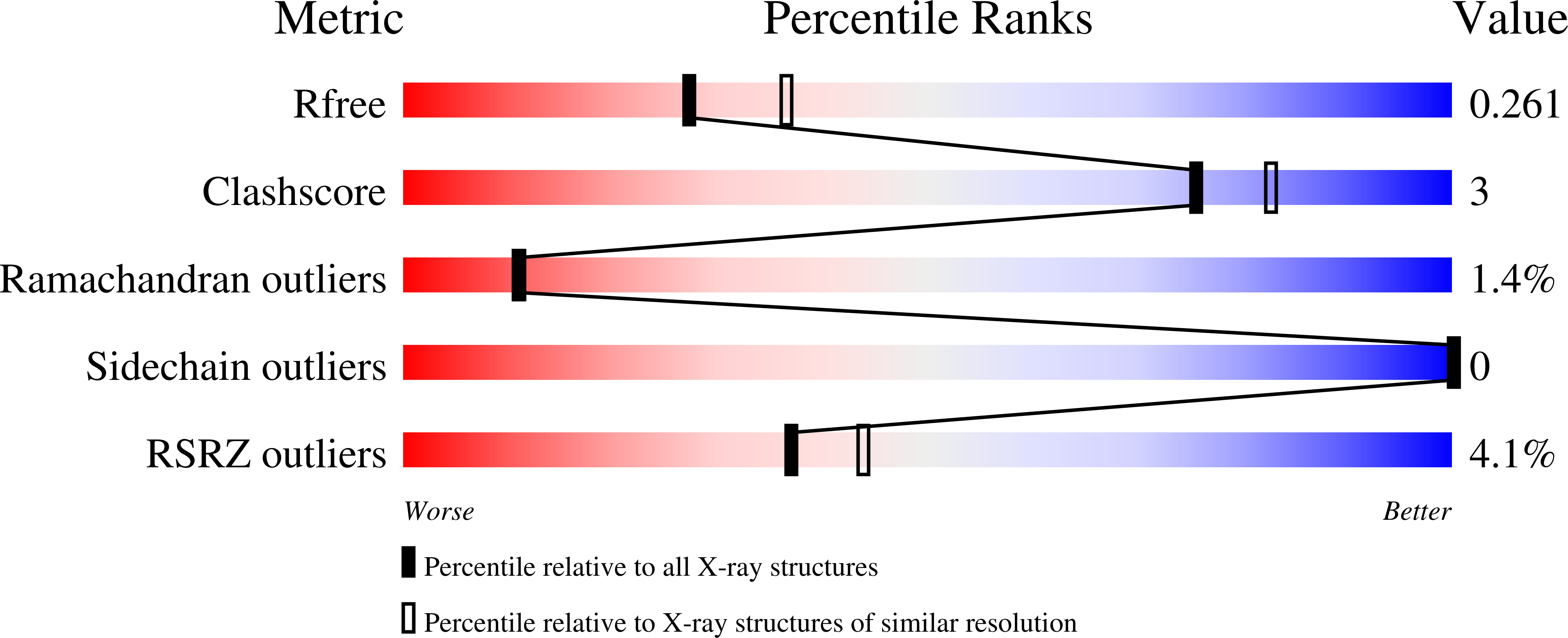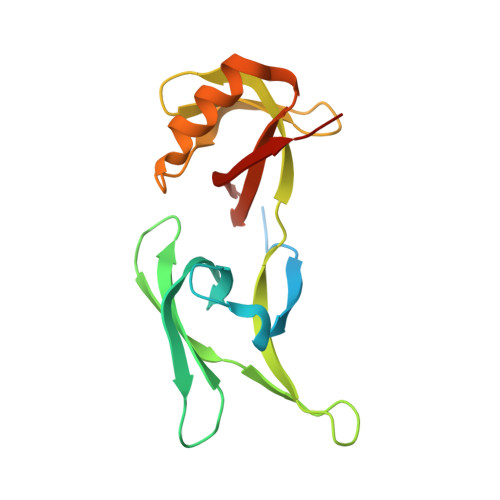A simple vapor-diffusion method enables protein crystallization inside the HARE serial crystallography chip.
Norton-Baker, B., Mehrabi, P., Boger, J., Schonherr, R., von Stetten, D., Schikora, H., Kwok, A.O., Martin, R.W., Miller, R.J.D., Redecke, L., Schulz, E.C.(2021) Acta Crystallogr D Struct Biol 77: 820-834
- PubMed: 34076595
- DOI: https://doi.org/10.1107/S2059798321003855
- Primary Citation of Related Structures:
7NJE, 7NJF, 7NJG, 7NJH, 7NJI, 7NJJ, 7NKF - PubMed Abstract:
Fixed-target serial crystallography has become an important method for the study of protein structure and dynamics at synchrotrons and X-ray free-electron lasers. However, sample homogeneity, consumption and the physical stress on samples remain major challenges for these high-throughput experiments, which depend on high-quality protein microcrystals. The batch crystallization procedures that are typically applied require time- and sample-intensive screening and optimization. Here, a simple protein crystallization method inside the features of the HARE serial crystallography chips is reported that circumvents batch crystallization and allows the direct transfer of canonical vapor-diffusion conditions to in-chip crystallization. Based on conventional hanging-drop vapor-diffusion experiments, the crystallization solution is distributed into the wells of the HARE chip and equilibrated against a reservoir with mother liquor. Using this simple method, high-quality microcrystals were generated with sufficient density for the structure determination of four different proteins. A new protein variant was crystallized using the protein concentrations encountered during canonical crystallization experiments, enabling structure determination from ∼55 µg of protein. Additionally, structure determination from intracellular crystals grown in insect cells cultured directly in the features of the HARE chips is demonstrated. In cellulo crystallization represents a comparatively unexplored space in crystallization, especially for proteins that are resistant to crystallization using conventional techniques, and eliminates any need for laborious protein purification. This in-chip technique avoids harvesting the sensitive crystals or any further physical handling of the crystal-containing cells. These proof-of-principle experiments indicate the potential of this method to become a simple alternative to batch crystallization approaches and also as a convenient extension to canonical crystallization screens.
Organizational Affiliation:
Department for Atomically Resolved Dynamics, Max-Planck-Institute for Structure and Dynamics of Matter, Luruper Chaussee 149, 22761 Hamburg, Germany.














